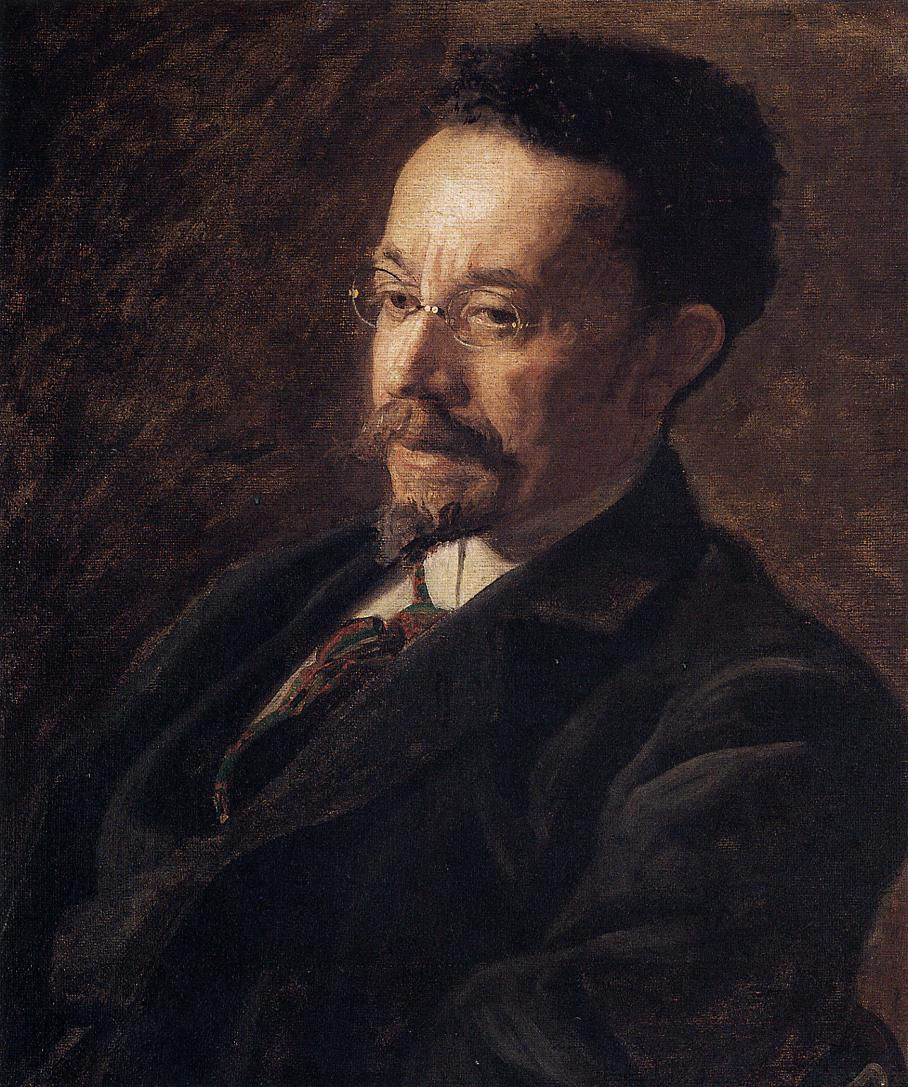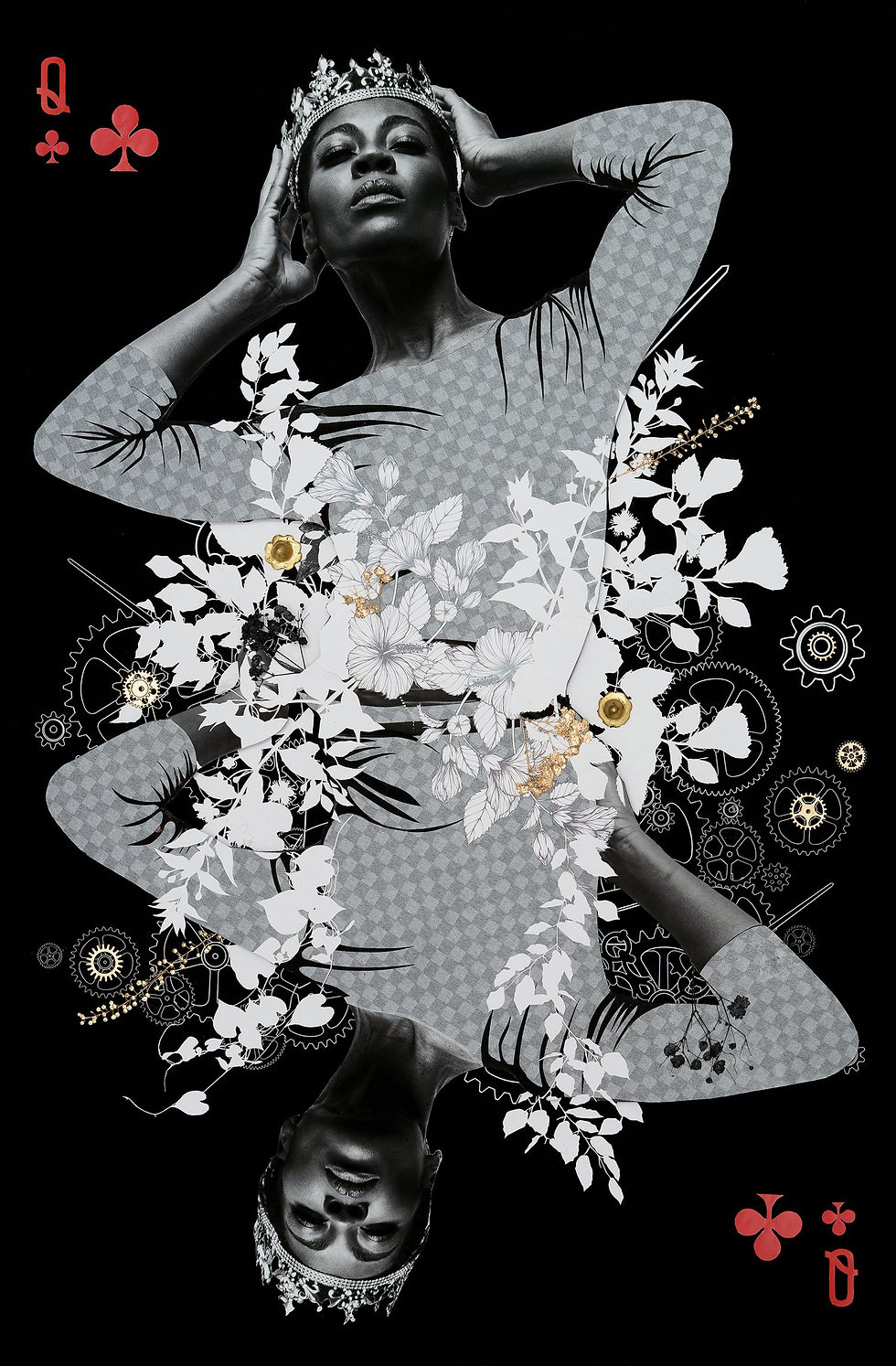Dignified And Distinguished: Henry Ossawa Tanner
- Anthony Roberts

- Mar 27, 2022
- 4 min read

Portrait of Henry O. Tanner, 1900
Thomas Eakins
Oil on canvas
24 x 20
The Hyde Collection, Glens Falls, NY
Henry Ossawa Tanner (b. 1859) was a painter who became the most distinguished African American artist of the 19th century and the first to achieve international acclaim.
Tanner was a trailblazer and an expat who decided to root himself in a place where his talent and ambition would be properly rewarded. The son of a Bishop, Tanner’s primary focus was religious paintings, though he imbued them with fresh and modern perspectives. His example inspired generations of artists to come, particularly those of the Harlem Renaissance period.
A piece of Tanner’s work will be auctioned this week at Swann Auction’s African American Art Auction, Thursday, March 31. To learn more about our auction services, please reply to this email.
“My efforts have been to not only put the Biblical incident in the original setting, but at the same time give the human touch which makes the whole world kin and which ever remains the same.”

Henry Ossawa Tanner was born in Pittsburgh, Pennsylvania, the eldest born to Sarah Elizabeth Miller and Benjamin Tucker Tanner. Tanner’s father was a college-educated minister, who became a bishop in the African Methodist Episcopal church. His mother was formerly enslaved, escaping to Pittsburgh via the Underground Railroad. Born just before Civil War broke out in the U.S., when many Blacks were still enslaved in the South, Tanner was given a middle name that signified his family’s activist, abolitionist position. Ossawa is derived from the town of Osawatomie, Kansas, where abolitionist John Brown initiated his anti-slavery campaign.
Tanner’s inspiration for becoming an artist came at 13, when he observed a plein air painter on a walk with his father. At 21, he enrolled at the Pennsylvania Academy of the Fine Arts where he studied under Thomas Eakins, one of the pre-eminent realist painters in 19th and early 20th century American art.
Faced with financial pressures, Tanner left school to start a gallery in Atlanta, GA. The venture wasn’t successful, but Tanner remained in Atlanta for two years, teaching at Clark College. Tanner had ambitions to see the world, and through the support of his first major patrons, set out to further his study in Europe in 1891. Though his original destination was Rome, Tanner fell in love with Paris on a through trip, and decided to remain there. He enrolled at the Académie Julian, where he was introduced to symbolist and impressionist art. Thus began Tanner’s life in France, which remained his principal home until his death.

The Banjo Lesson, 1893
Henry Ossawa Tanner
Oil on Canvas
49 x 35 in
Hampton University Museum, Hampton, VA
In 1893, Tanner returned to the United States for a few months. During this time, he painted one of his most famous works, The Banjo Lesson. The piece depicts an older man teaching a child (maybe grandfather and grandson) to play the banjo. It is an intimate scene that captures an important African American folk tradition and symbolizes the passing down of cultural heritage from one generation to the next. This was a time when images circulating of Black people were often caricatures, propaganda undergirding the racist, segregationist laws of the Jim Crow era. During this 1893 visit, Tanner penned a paper, delivered at the World’s Congress on Africa in Chicago, that called for more dignified and sympathetic portrayals of Black people in art. Written in third person, Tanner wrote “To his mind, many of the artists who have represented Negro life have only seen the comic, the ludicrous side of it, and have lacked sympathy with and appreciation for the warm big heart that dwells within such a rough exterior.”
While Tanner retained close ties to the United States, regularly contributing to the NAACP, hosting Booker T. Washington and American artists at his home in Paris, he realized that he had a better chance at a career in France. After returning to France, Tanner sharpened his focus to specialize in religious genre paintings, which were seeing a resurgence during the fin de siècle (end of the century) period. Tanner’s representation of biblical scenes was stripped of sentimentality, instead focusing on intimate, humble, at times somber depictions of Jesus and other key figures from the Bible. His 1986 piece, the Resurrection of Lazarus was highly regarded internationally, earning a third-class gold medal at the French Salon. The work was acquired by the French state and now sits in the Musée d'Orsay in Paris.

Resurrection of Lazarus, 1896
Henry Ossawa Tanner
Oil on Canvas
37 x 47in
Musée d'Orsay, Paris, France
The success of this piece sparked a long, successful career for Tanner. He enjoyed the respect of collectors and fellow artists. He traveled to the holy land twice to refine his depictions of the region’s settings and peoples. And he later visited North Africa, where he turned his focus to the architecture of mosques and other public spaces. He created consistently, apart from two periods where he found it hard to work; WWI and the unexpected death of his beloved wife. In his lifetime, Tanner was awarded two of the highest honors in his field – one in his birthland the United States, one in his adopted home France. He was elected to full membership of the National Academy of Design, the leading honorary society for visual artists and architects in the United States. And he was named a chevalier of the Legion of Honor, the highest French order of merit, both military and civil.
Anna Marley, curator at the Pennsylvania Academy of Fine Arts, says of Tanner’s legacy: “he spent more than a decade as the leader of an international artist's colony in northern France; [had] a career as a technical innovator who used modern painting techniques to create a transcendent practice that to this day defies easy classification; and finally, [he firmly established] his status as America's preeminent religious artist during the height of the genre's popularity."
Watch family footage of Tanner from 1930 shot by his niece [start at 3:56]:
References:



Comments